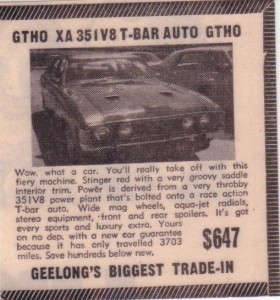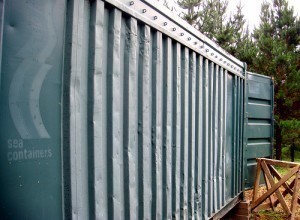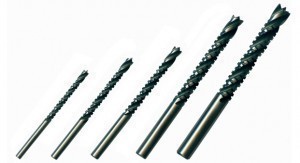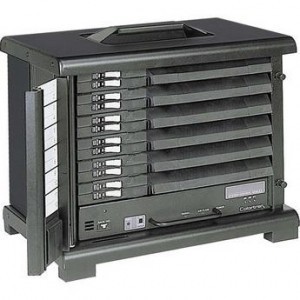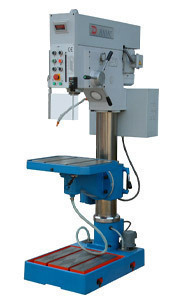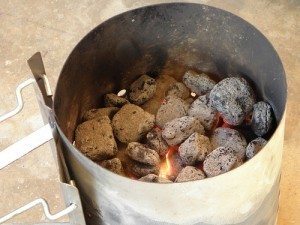Switchblade Dimensions
The switchblade gained unwanted notoriety in the 1950s, 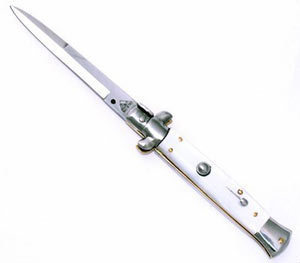 thanks to popular movies of that era such as “West Side Story,” “Rebel Without a Cause” and “12 Angry Men.” This weapon features a blade that slides or folds back into the grip handle and can be quickly opened by a spring when a button or a lever on the handle is pressed. Also known as switch, automatic knife or flick, in British English parlance, this type of spring-loaded knife is the weapon of choice of most street gangs and criminals because it can easily be concealed in a pocket or quickly be opened for offensive purposes. Because of this, many countries enacted specific laws restricting the use, importation, trade, sale or ownership of this deadly weapon, depending on the switchblade dimension.
thanks to popular movies of that era such as “West Side Story,” “Rebel Without a Cause” and “12 Angry Men.” This weapon features a blade that slides or folds back into the grip handle and can be quickly opened by a spring when a button or a lever on the handle is pressed. Also known as switch, automatic knife or flick, in British English parlance, this type of spring-loaded knife is the weapon of choice of most street gangs and criminals because it can easily be concealed in a pocket or quickly be opened for offensive purposes. Because of this, many countries enacted specific laws restricting the use, importation, trade, sale or ownership of this deadly weapon, depending on the switchblade dimension.
Different styles of spring-loaded knives and switchblade dimension have graced the pages of history for the past two hundred years. For instance, Admiral D’Estaing, a Spanish naval officer during the mid-1800s owned a spring-loaded knife that served as a side arm when flicked open by a lever on the handle and doubled as an eating utensil when the blade is folded into the handle. Then, with the advent of the Industrial Age and advertising towards the end of the 1800s, demand and production for automatic knives picked up. Spring-loaded versions of utilitarian non-weapon blades like pen knives and farmers’ jack knives became readily available in the market of that era. Automatic pen knives for women’s sewing kits were advertised encouraging women to buy one so that they will not break their fingernails when they open a manually operated pen knife.
In the 1920s, Spanish sword makers in Toledo developed a market for gold plated switchblades with enamel inlaid blades and pearl handles. Later, renowned Italian knife masters made their own style of automatic novelty knives that evolved into the famous “Italian Stilettos.” The switchblade dimensions of these Italian beauties ranged from 3 inches to over 12 inches in length. These handmade weapons have a distinctive style and nature that sets them apart from the rest making them look more like collectibles than a tool for ordinary cutting jobs. Actually these handcrafted elegant switchblades are good conversation pieces and there is no spot in the house that is best suited to keep it other than on top of the marble fireplace alongside trophy collections of its proud owner. Despite restrictions on the trade, sale and ownership of switchblades, certain jurisdictions allow the acquisition and sale of these elegant weapons to legitimatee members in good standing of associations of knife collectors.
